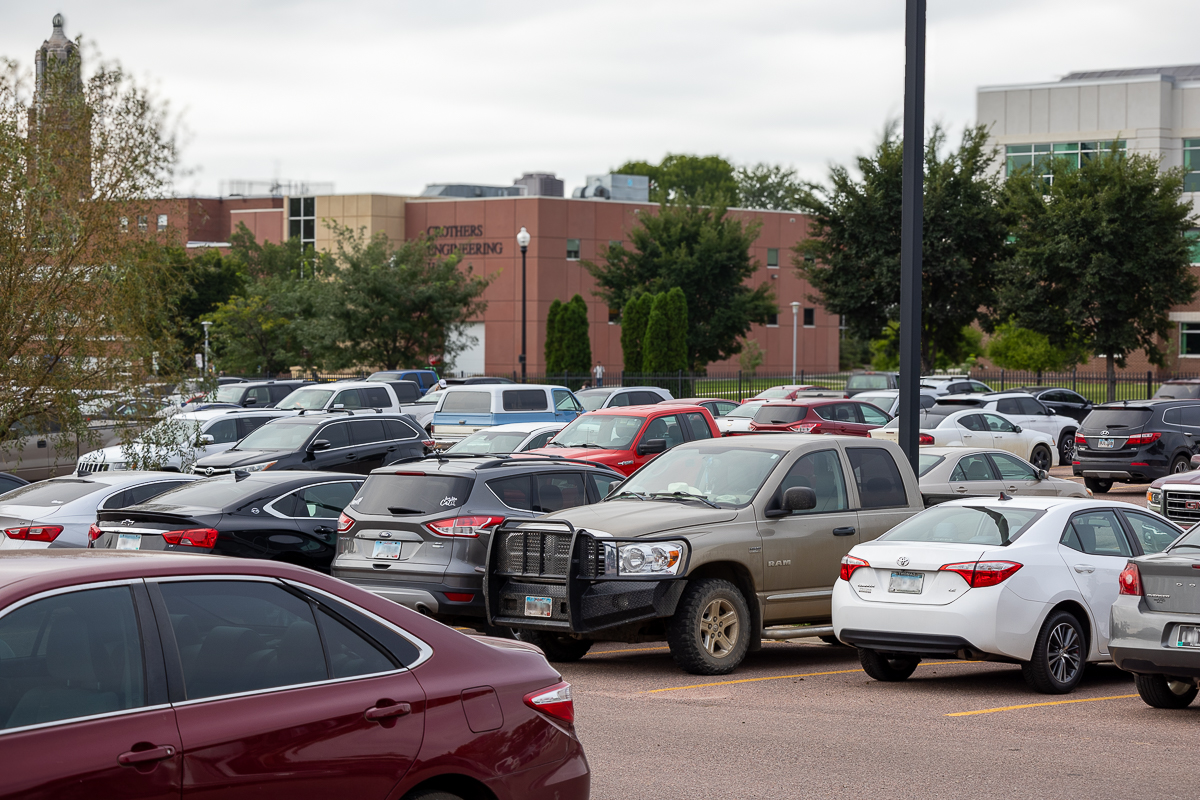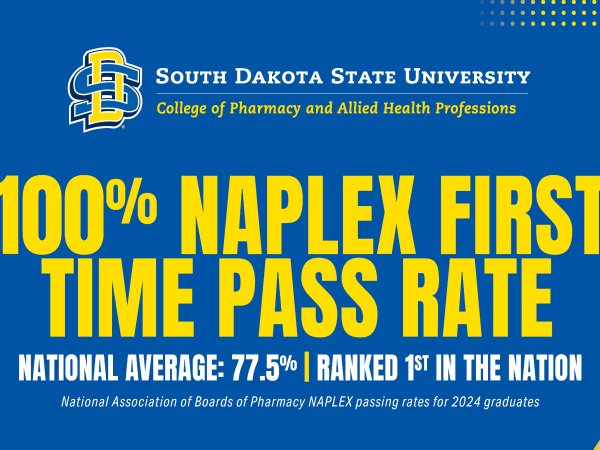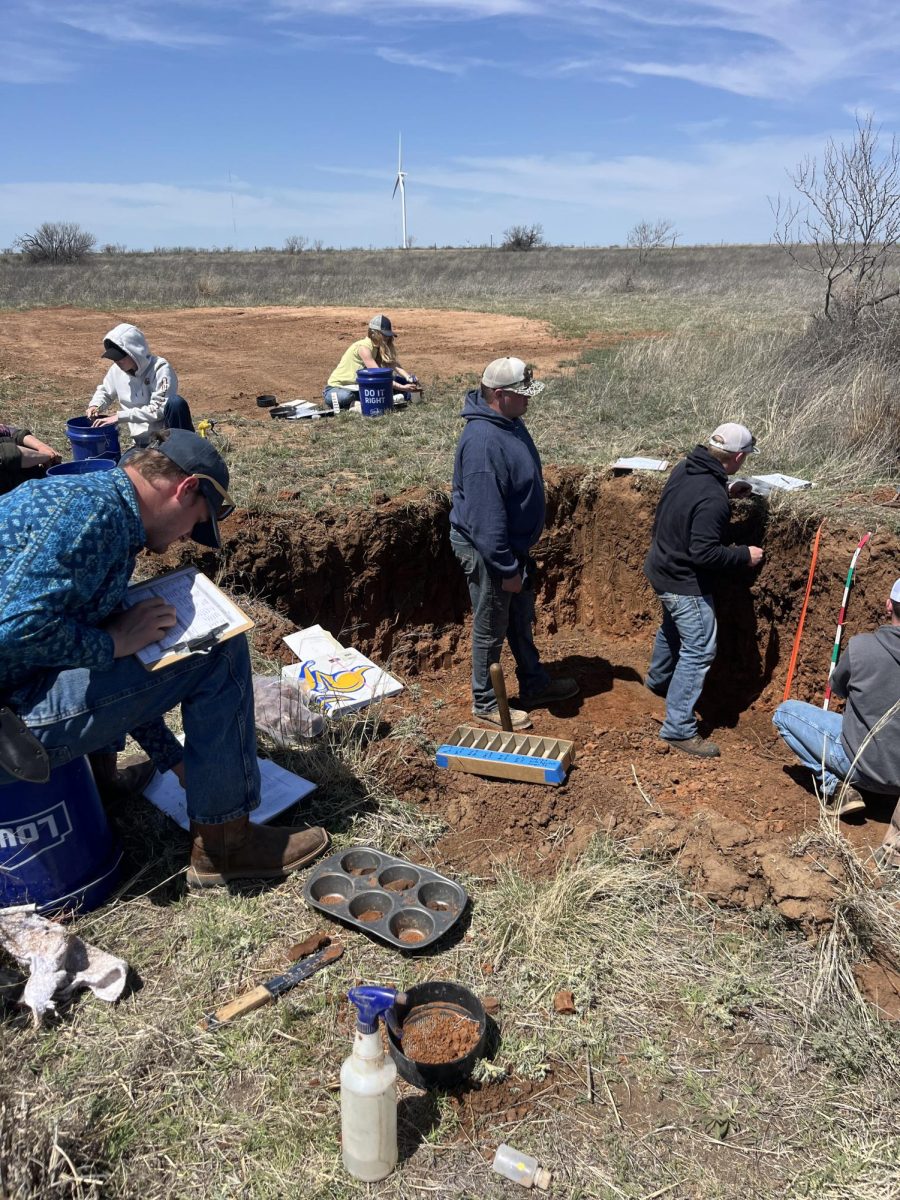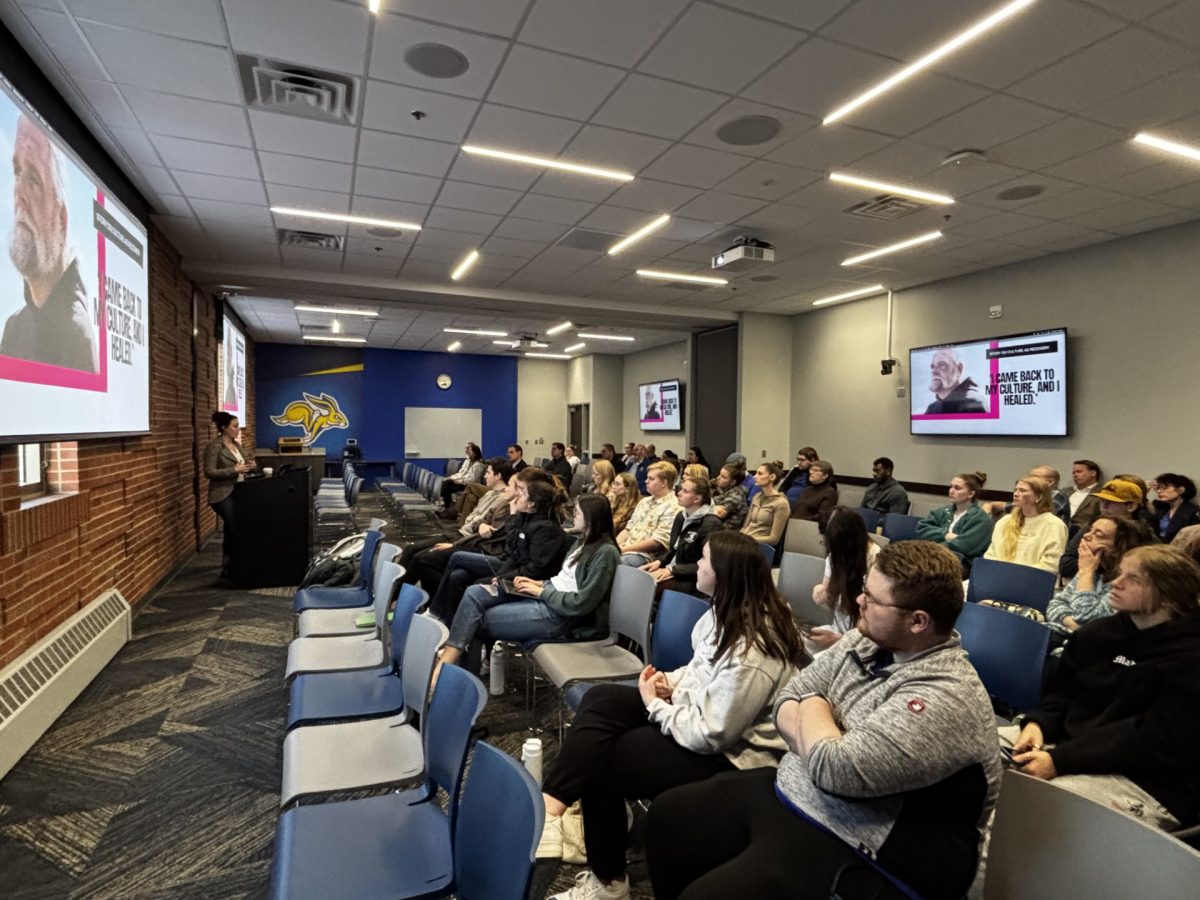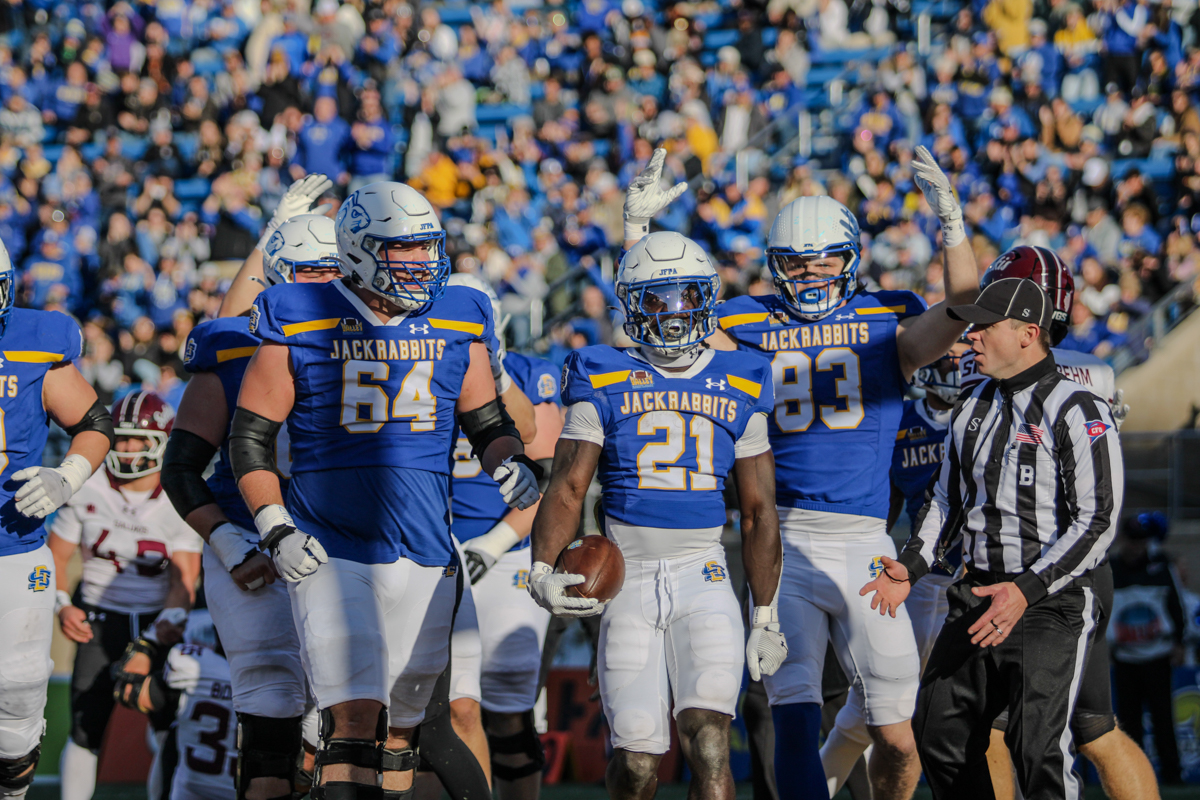Transportation is one of the most important things in our lives, but we hardly ever think about it. There are a lot of factors that go into getting from place to place, especially here on campus.
Buying parking permits, deciding whether it’s worth it to drive, bike or walk to the store and getting from class to class are all factors and concerns when it comes to campus life. So, it is important to examine these problems and possible solutions to transportation here at SDSU.
Living in a larger state with low population density can make having a car feel like a necessity. This can lead to parking shortages.
Kendell Rohrbach, the director of card and parking services, thinks that the parking situation is not an issue.
“Over the last 25 years, parking has been tremendously better,” Rohrbach said. “The campus was changed to make it a more walking friendly campus for safety reasons. Commuter parking was moved towards the edge of campus to keep traffic from coming to the center of campus. That is why the reserved lots are only towards the center. This was done on purpose because reserved lots generally do not turn over every hour.”
City engineer Charlie Richter agrees.
“The road conditions and congestion are better than most cities I have visited. We also have a Bicycle Master Plan that outlines projects that we perform on a yearly basis to improve bicycle mobility and safety. In addition, we will be updating our Master Transportation plan in the coming year which will allow us to further improve our transportation system.”
When Richter was asked further about whether more cars on campus constitutes a greater safety risk he said, “I don’t believe that more students with cars constitutes a safety hazard.”
When asked further whether that statement was based on statistical evidence he responded with, “I guess I am not sure why greater car usage would constitute a greater hazard for the public. It may lead to further congestion but that doesn’t necessarily correlate to a greater hazard.”
While there is no direct evidence linking the number of vehicles to an increase in pedestrian fatalities, there is a link between fatalities and the number of large vehicles being driven.
According to an NPR article, written by correspondent Joel Rose, “researchers at IIHS (The Insurance Institute for Highway Safety) studied data for nearly 18,000 pedestrian crashes. They found that pickup trucks, SUVs and vans with a hood height greater than 40 inches are 45% more likely to cause fatalities than shorter vehicles with a hood height of 30 inches or less.”
In that article, Rose talks to the president of the IIHS, David Harkley, and details why these crashes are so fatal.
“The vehicle is striking the pedestrian much higher in the torso region and tends to push the pedestrian forward and down. So, the result is, you have a lot more severe injuries, and more often than not a lot more head injuries.”
This is important for South Dakotans because this state has the fifth largest percentage of pickup trucks in the country. According to an article written by car-selling website ISeeCars and published by KTSM.com in El Paso, Texas, 29.1% of vehicles on the road in South Dakota are pickup trucks, whereas the national average is 16.7%.
So, while Brookings and SDSU have taken measures to mitigate the risk vehicles cause pedestrians, like changing the school’s layout, updating the transportation master plan and bicycle master plan and attempts to make the city more walkable, it is still possible that an increase in cars on campus can still cause a greater risk for pedestrians.
Another concern when it comes to transportation is parking congestion, a problem that some students seem to have. But according to Rohrbach, this is not as much of an issue.
When asked about this she replied, “During a normal business day at SDSU, we do not have an overcrowding issue. There is a perception that there is over crowdedness because some commuter lots are harder to get into. You have to remember that if one commuter lot is full, you have to go to the next open one. There are many spaces open around the edge of campus in the commuter lots during the day. There are also overflow lots for the resident parkers. During most of the school year, the big east lot has openings. During the beginning of the school year, overflow lots are used.”
There were 11,505 students enrolled at SDSU in fall of 2023 and only 9,044 spots total on campus. This is also before you subtract the 1,613 spots that are not readily available to students like visitor parking, because according to Rohrbach, “students are not visitors.” This brings the total number of parking spots for students to only 7,431, which was less than two-thirds of the total enrollment at the time.
Despite this, Rohrbach said, “As of now, we are not short of spaces. It is just a perception because people cannot park by the building they want to. That is not going to change, it is a walking campus. A public transit system will still only drop people off at the edge of campus and they will still have to walk to the center of campus and from building to building.”
Permit prices vary from resident to commuter to reserved lots, with yearly resident and standard commuter lot permits being $161, economy commuter lot permits being $50, and reserved lot permits being $297. Each permit is good for nine months, starting in August and ending in May with the option of adding a ‘summer permit’ for an additional $36 for resident and commuter lots, and $68 for reserved lots.
Rohrbach also made it clear that Parking Services doesn’t have control over the amount of parking spots on campus.
“Parking services can only manage the lots we have. Adding lots would be part of the Campus Master Plan.”
Rohrbach also said that there are no plans currently that would limit the need for cars on campus.
The Students’ Association was working on a plan to implement a system where students would have access to electric scooters. This could have potentially limited the need to drive around campus, but this fell through because they couldn’t find a vendor.
On the topic of overcrowding, Rohrbach said, “This is also why enforcement is important. The purpose of enforcement is to keep parkers that do not buy a permit out of the lots they should not be in. This will help keep spots available for those who do buy the permits,” which leads into another key factor when discussing transportation: enforcement.
At the beginning of the 2023 school year, Parking Services purchased a new license plate recognition system for a state patrol car, adding to the roster of enforcement vehicles on campus.
Things like this are funded with money gained from things like parking pass purchases and tickets issued on campus by Parking Services. This means that this money is kept within the department.
Funds typically go toward things like snow removal, general maintenance and, of course, enforcement vehicles. This is also a system that could potentially create perverse incentives to increase the amount of money each ticket costs as well as issue more tickets, since the rules are dictated by Parking Services.
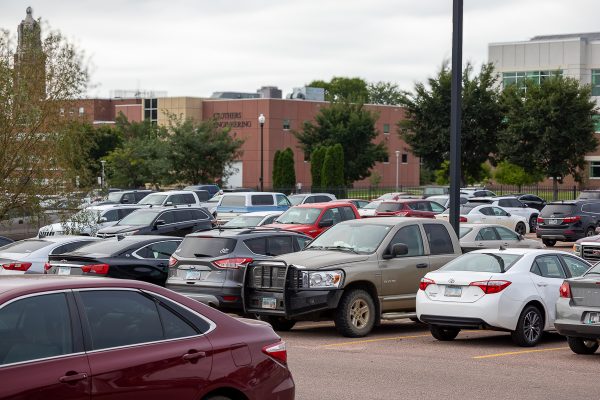
When asked about the potential conflict of interest she said, “Parking outside of the regulations is a choice. Citations are meant to deter people from parking outside the regulations. Again, it is a choice just like speeding on the interstate is a choice. It is not fair to the thousands of people that park within regulations to let violators go uncited,” and that, “In the future, if any lots are needed or added, they will be added on the edge of campus. Citations are also done to keep parkers who do not buy a permit from taking spots away from the ones that do. If anyone is worried about citations, the simplest fix is to park within the regulations.”
This question was asked because on top of the cyclical funding of Parking Services and the purchase of a new enforcement vehicle, certain violations were also changed to have an increased penalty for repeat offenses. According to the 2023-2024 parking regulations the fines start out at $30 for the first offense and then increase by $45, $60, $75, $100, $150, $200, then after that the car is towed. After that, that person’s parking spot is relocated, and all subsequent violations will result in being towed.
Four rules have been added to this repeat offender policy, including parking where prohibited, without a permit, improper permit for their designated lot, and parking in a stall over the time allowed.
Can can help add context to the parking violation data from the last three school years.
The first thing to mention is that it is unclear whether anyone has been impacted by the repeat offender policy or if it is even being enforced, just by looking at the data. When dividing the number of tickets by the total revenue gained the average cost per ticket comes out to an even $30 for all offenses.
So, whether no one repeatedly violated these rules, they decided not to enforce them for whatever reason, or the fine increases are not reflected in the data given, is uncertain. What is certain is that the rate at which tickets have been given out has increased.
From July 1 to June 30 2021-2022, 7,545 tickets were issued with a total number of students enrolled at the time being 11,465, with the average ticket per student being $0.66. The next year a correlated a dip in issued tickets with lower attendance. The attendance for 2022-2023 was 9,921, with only 4,654 tickets being issued, with an average ticket per student being around $0.47. 2023 saw a huge spike in attendance as well as tickets being issued. Attendance this year was 11,505 and the number of tickets issued was 8,108, with the average number of tickets per student being $0.70. It is also important to note that the data set for 2023 ends on April 25 instead of June 30, so that data set is not complete.
There is also no clear correlation between the number of tickets being issued for specific rules and the implementation of the repeat offender policy. For example, overtime parking violations were highest in 2022, for prohibited parking and overtime parking.
The one other thing that does correlate is the purchase of a new enforcement vehicle with an increase in the number of tickets issued. In 2023-2024 alone parking services made $238,150 in revenue from tickets. This is around a 77% increase from 2022 and around a 7% increase from 2021.
While driving might be the only option for some students to get to campus initially, there are other non driving options to get around campus and Brookings. With increased focus on bicycle travel by the city government, this could be more appealing to some students.
One transportation option that students might not know about is the BATA bus.
With fewer parking spots available, more people are having to rely on city transportation systems. BATA Bus is Brookings’ city transportation provider. They have been running in Brookings since 1990. The BATA bus has 24 total vehicles in Brookings, nearly every vehicle runs on a day-to-day basis allowing more people to be picked up and dropped off at their desired location. BATA does not have set stops, instead they run off an on-demand service through an app where people request rides.
Currently BATA Bus does not have a contract with the university, but Travis Bortnem, Bata Bus Executive director, said, “We are currently working on a plan to provide discounted rates for students and faculty.” With that in mind, they are hoping to see a rise in the use of BATA Bus amongst the population of college students.
Throughout the time BATA Bus has been in Brookings the overall rides given have increased year to year. In 2023 over 142,000 rides were given and approximately 2,200 people relied on the BATA Bus service as a mode of transportation.
With the increase of city transportation services and the increase of parking violations, many students have started using the BATA Bus as their day-to-day transportation method. SDSU and BATA are working to make the BATA Bus services cheaper for students and employees, so hopefully soon more students and employees will be able to rely on BATA Bus services instead of driving to campus every day.
Overall, many universities are experiencing parking and transportation issues, finding a solution may not be easy, but it is necessary to ensure both employees and students are happy and at ease when traveling to and around campus. BATA Bus works hard around the Brookings community to ensure people can rely on its services as a main transportation source.


















